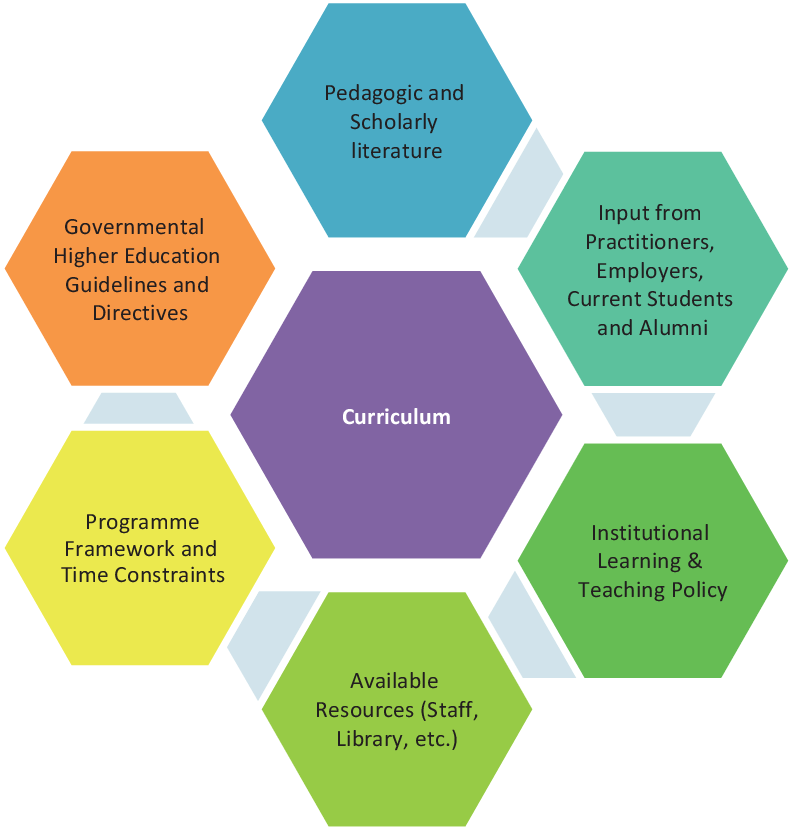Introduction
A curriculum is a plan for learning that outlines the content, skills, and knowledge that students will acquire over a period of time. It is a roadmap that guides teachers in their instruction and helps students to track their progress.
A well-designed curriculum is essential for ensuring that all students have the opportunity to learn and succeed. It should be aligned with state standards, be developmentally appropriate, and be differentiated to meet the needs of all learners.
The 6 Steps of Curriculum Development
There are six basic steps involved in curriculum development:
- Identify the learning goals. What do you want students to learn? What knowledge, skills, and understandings should they acquire?
- Select the content. What content will best help students achieve the learning goals?
- Organize the content. How will you sequence the content and how will you connect it to students’ prior knowledge?
- Develop learning activities. How will you help students learn the content? What activities will you use to engage them and promote their understanding?
- Assess student learning. How will you determine whether students have achieved the learning goals?
- Reflect and revise. How can you improve the curriculum? What worked well? What could be improved?
The Components of a Curriculum
A curriculum typically includes the following components:
- Learning goals: These are the specific knowledge, skills, and understandings that students are expected to acquire.
- Content: This is the information that students will learn.
- Activities: These are the tasks that students will complete to learn the content.
- Assessments: These are the tools that teachers will use to measure student learning.
- Instructional materials: These are the resources that teachers will use to deliver instruction.
How to Write a Curriculum
Writing a curriculum can be a daunting task, but it doesn’t have to be. Here are some tips to help you get started:
- Start with the end in mind. What do you want students to be able to do by the end of the unit or course?
- Break down the learning goals into smaller steps. What are the key concepts and skills that students need to master?
- Select the content that will best help students achieve the learning goals. Make sure the content is relevant, engaging, and challenging.
- Organize the content in a logical sequence. This will help students to make connections between the different concepts and skills.
- Develop learning activities that will help students learn the content. These activities should be engaging, interactive, and aligned with the learning goals.
- Assess student learning. This will help you to determine whether students have achieved the learning goals.
- Reflect and revise. After you have taught the unit or course, take some time to reflect on what went well and what could be improved.
Conclusion
A well-designed curriculum is essential for ensuring that all students have the opportunity to learn and succeed. It is a roadmap that guides teachers in their instruction and helps students to track their progress.
If you are interested in learning more about curriculum development, there are many resources available online and in libraries. You can also find professional development opportunities that will help you to develop your skills in this area.
Additional Resources
- The National Council for the Social Studies: https://www.socialstudies.org/
- The National Council of Teachers of English: https://www.ncte.org/
- The National Council of Teachers of Mathematics: https://www.nctm.org/
- The International Society for Technology in Education: https://www.iste.org/
- The American Educational Research Association: https://www.aera.net/







